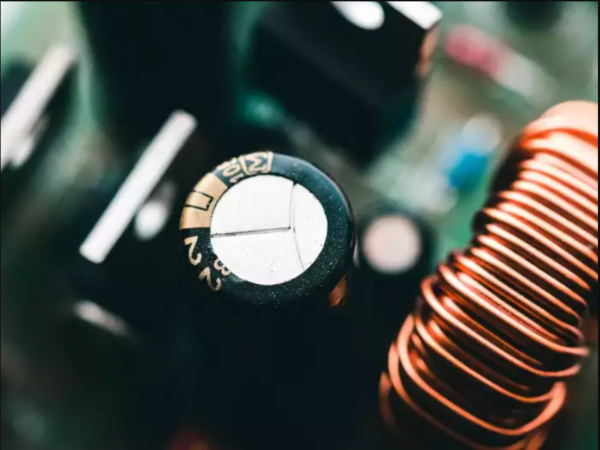Researchers at the Indian Institute of Science (IISc) have created a revolutionary, tiny gadget capable of storing a massive quantity of electric energy. According to the IISc in Bengaluru, the ultra-micro supercapacitor is far smaller and more compact than conventional supercapacitors and might be utilized in a variety of products, including streetlights, consumer electronics, electric automobiles, and medical devices.
Nowadays, the majority of these gadgets are powered by batteries. Unfortunately, these batteries lose their capacity to hold charge over time and have a limited shelf life, according to the statement.
Capacitors, on the other hand, are designed to hold electrical charge for a considerably longer period of time.
A capacitor functioning at five volts, for instance, will continue to operate at the same voltage a decade later. Nevertheless, unlike batteries, they cannot discharge energy continuously, such as to power a mobile phone.
Supercapacitors, on the other hand, combine the advantages of batteries and capacitors; they can both store and release massive quantities of energy, and are consequently in great demand for next-generation electronic gadgets.

A solid gel electrolyte is employed to construct a solid-state supercapacitor
In the current study, which was published in ‘ACS Energy Letters,’ researchers from IISc’s Department of Instrumentation and Applied Physics (IAP) fabricated their supercapacitor using ‘Field Effect Transistors’ or FETs as the charge collectors, as opposed to the metallic electrodes used in conventional capacitors.
“Using FET as an electrode for supercapacitors is novel for adjusting charge in a capacitor,” Abha Misra, professor at IAP and the study’s corresponding author, was quoted as saying in a Friday IISc release.
Current capacitors commonly employ electrodes composed of metal oxides, but their electron mobility is restricted.
To boost electron mobility, scientists constructed hybrid FETs with alternating layers of molybdenum disulfide (MoS2) and graphene coupled to gold contacts.
Misra explains, “The design is the most important aspect because you are merging two systems with differing charge capacities: the two FET electrodes and the gel electrolyte, an ionic medium.”
Vinod Panwar, a PhD candidate at IAP and one of the study’s primary authors, explains that it was difficult to construct the device with the optimum features of the transistor. Due to the minuscule size of these supercapacitors, they cannot be viewed without a microscope, and their production demands great accuracy and hand-eye coordination.
After fabricating the supercapacitor, the researchers tested its electrochemical capacitance or charge-holding capacity by applying different voltages. They discovered that the capacitance rose by 3,000 percent under certain conditions. In comparison, the capacitance of a capacitor containing solely MoS2 without graphene increased by only 18% under the same conditions.
Future study will investigate whether substituting MoS2 with alternative materials will enhance the supercapacitor’s capacitance even more. They claim that their supercapacitor is completely functioning and may be integrated on-chip for use in energy-storage devices such as electric car batteries or any miniaturized system. Also, they want to submit a patent application for the supercapacitor.

